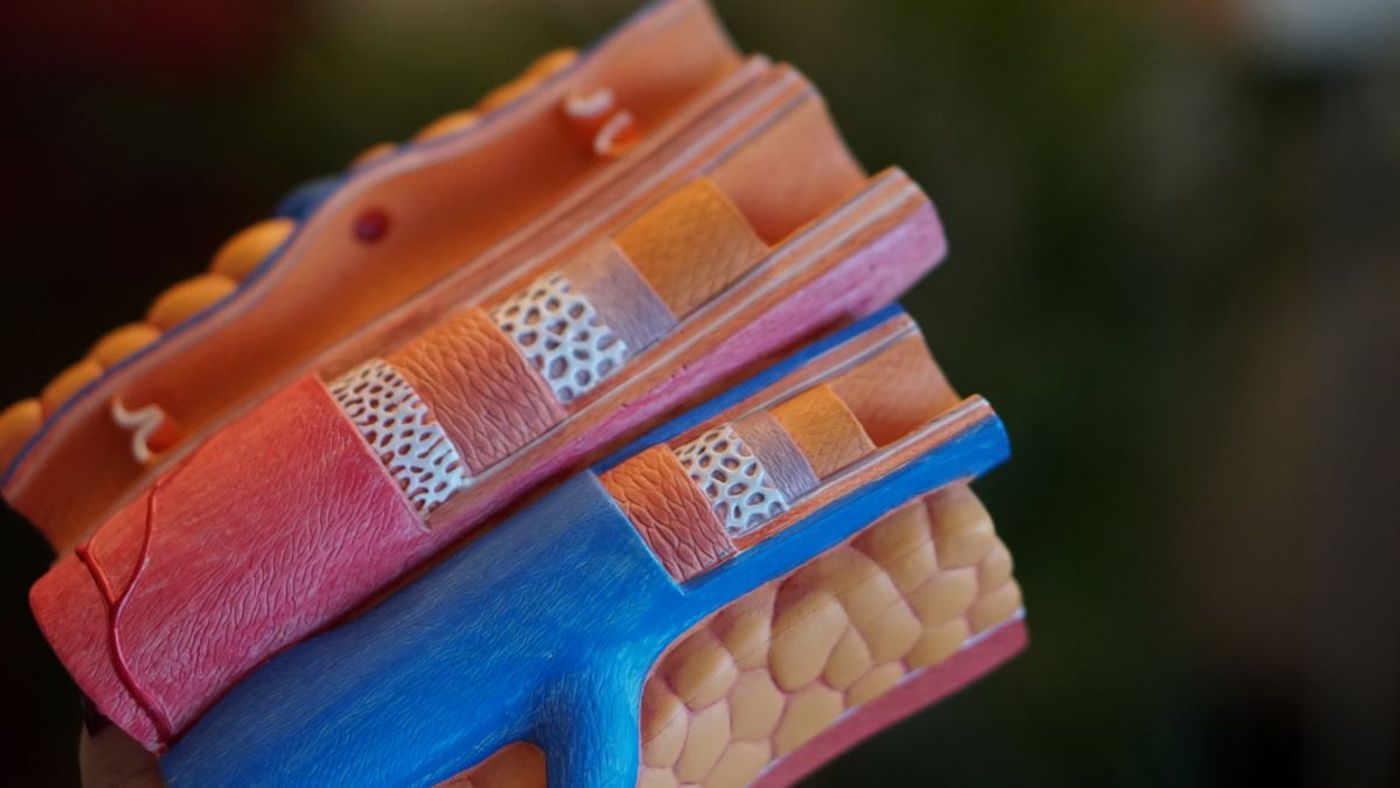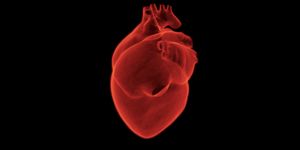Does Exercise Accelerate Atherosclerosis?

Coronary artery calcium is a feature of atherosclerosis and is a well-studied marker for assessing cardiovascular disease risk. In the study, the most physically active participants were found to have the fastest progression of coronary artery calcium scores at 5 years.
Researchers collected data from two South Korean hospitals, examining 25,485 participants at least 18 years of age and free of cardiovascular disease at study entry. Physical activity levels were based on participants' responses to questionnaires and categorized as inactive, moderately active (at least 3 days of vigorous-intensity activity for at least 20 minutes daily or at least 5 days of moderate-intensity activity or walking for at least 30 minutes daily or at least 5 days of any combination of walking and moderate- or vigorous-intensity activities), and health-enhancing physically active (HEPA) (at least 3 days of vigorous-intensity activity or 7 days of any combination of walking or moderate- or vigorous-intensity activities).
Compared to the least physically active group, participants in the moderately-active and HEPA groups had a 3.20 and an 8.16 increase in CAC scores, respectively, on average after 5 years. Physical activity could increase coronary atherosclerosis through vessel wall injury that occurs from mechanical stress, inflammation, increased blood pressure, or increased parathyroid hormone levels.
Researchers also caution that when interpreting results, higher CAC scores in the physically active may not actually increase cardiovascular risk. The scores do not give information on how atherosclerotic lesions are behaving – perhaps they could be more stable and therefore less dangerous in those who exercise.
Confounding factors that also could have contributed to higher coronary calcium were hypertension, diabetes, statin use, and older age, especially since the more physically active participants tended to be older. Also ironically, high-intensity statin therapy accelerates atherosclerosis. Another limitation was the use of questionnaires instead of more objective measures for following physical activity levels.








